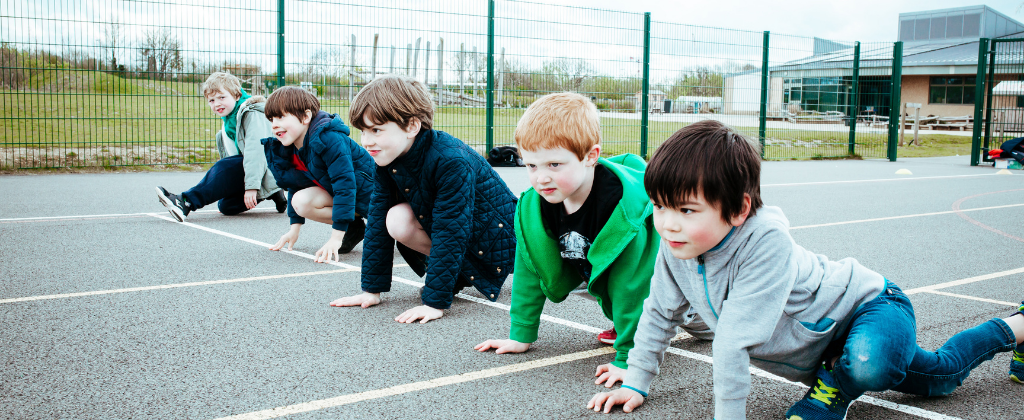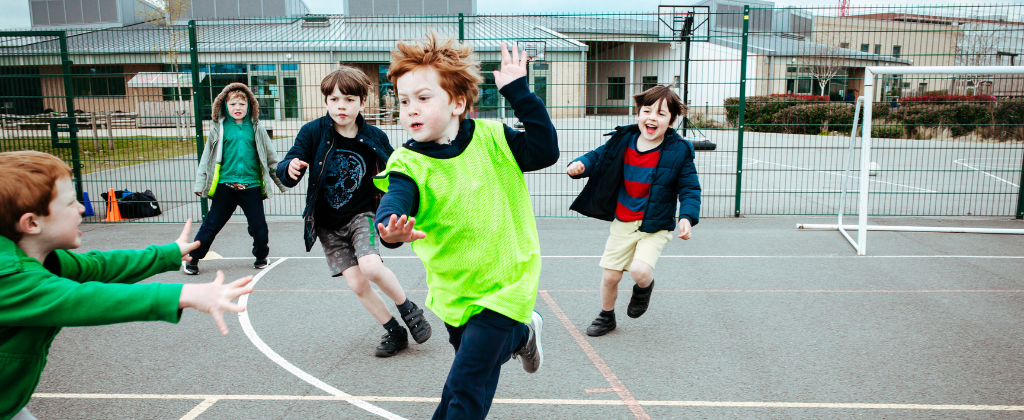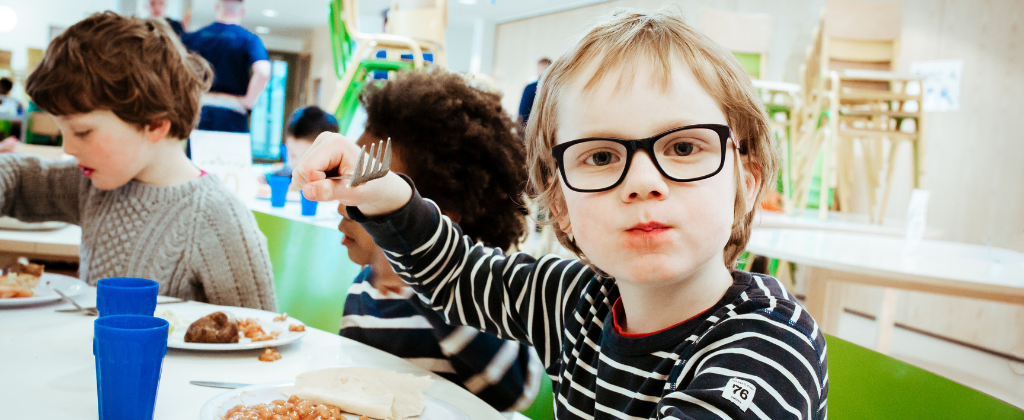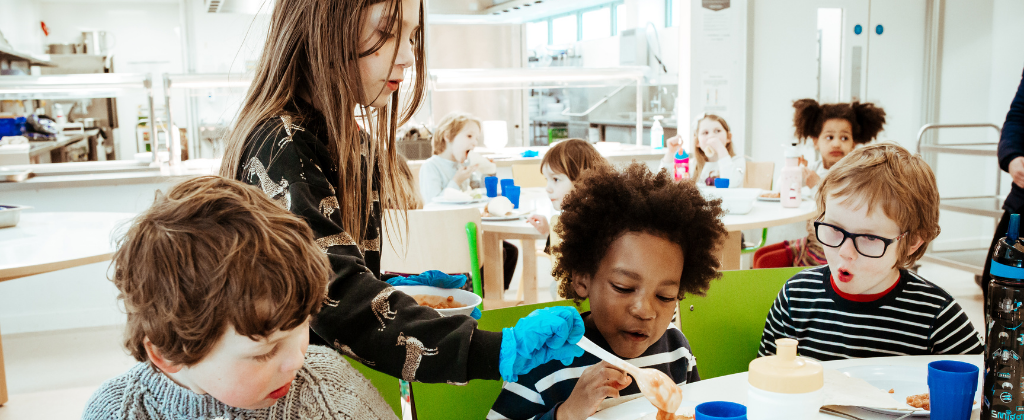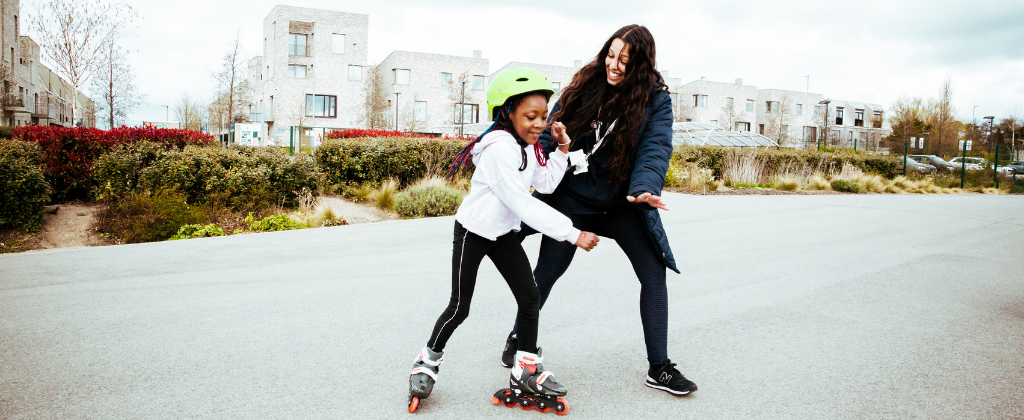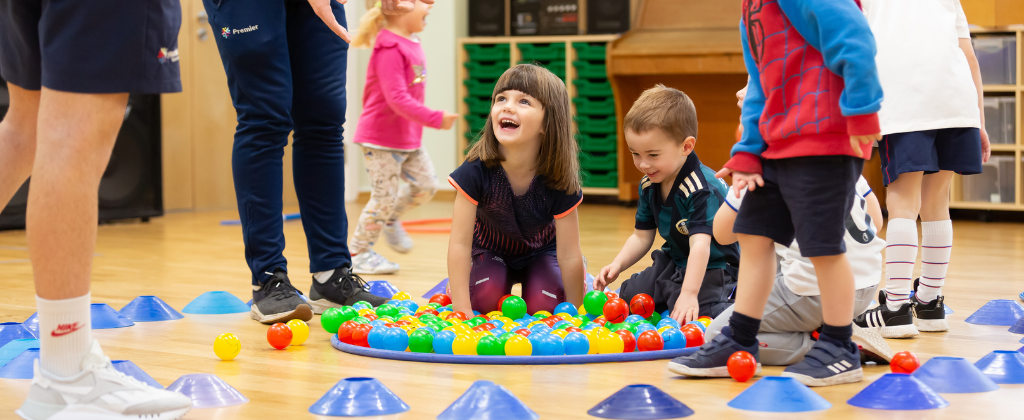A teacher’s guide to the relationship between physical and mental health in primary age children – and what schools can do to support both.
FACT: Unresolved mental health issues increase the risk of respiratory disease by four times.
Today, it is widely accepted that physical health impacts mental health. The body has the power to impact the mind, and this is true of people of all ages. In the short term, exercise and physical activity can positively impact mood. Over the long term, regular activity can help support many aspects of mental health from anxiety to depression.
But good mental health can also support good physical health.
This relationship is the finding of a significant meta-study that found there was a quantifiable and significant benefit to a life of increased physical activity, correlating to better mental health. It also finds that “the total indirect effect, the direct effect, and the total effect of past mental health on physical health are statistically significant.”
Good physical health supports good mental health and good mental health supports good physical health.
Written with Cal Smith, Regional Director at Premier Education, this article details the aspects of mental health that are impacted by physical activity, as well as the physical activities that can support good mental health in primary-aged children. Cal is a trained Premier Education coach, has a four-year teaching degree, level 2 Nutrition and Healthy Eating qualification and has completed Mental Health Awareness For Sport and Physical Activity with 1st 4Sport.
The article also provides recommendations on how to use physical activity in schools to support good mental health.
How physical activity affects the body
- Strengthens muscles and organs such as the heart
- Supports a healthy endocrine system (stabilising blood sugar levels which helps to prevent diabetes)
- Strengthens bones and the skeletal system, promoting bone density
- Exercise improves mood and can help to prevent or manage health problems and concerns, such as depression and anxiety
- Can help to improve cognitive function
- Exercise delivers oxygen and nutrients to body tissues and helps your cardiovascular system work more efficiently. When heart and lung health improve, people have more energy
- Supports healthy sleep
- Physical activity helps build more of the lean muscle mass that supports joints and improves metabolism
- Supports a healthy immune system
- Improves memory and processing speed
- Promotes a better balance of cortisol in the blood (which helps to prevent heart disease. Elevated level of cortisol is also linked to depression)
- Particularly relevant for young children, physical activity helps to develop a child’s agility, balance, and coordination.
These effects depend on the type and frequency of exercise. For example, aerobic and anaerobic exercise will affect the body differently, as will resistance training (which is less relevant for young children, though bone-loading exercises like jumping, dancing, running and tennis can help make kids’ bones denser, which makes them stronger.).
The key difference between young people and adults is that the former is in a developmental stage of their life. What they do can have long-lasting effects from the physical to the mental.
So, while the physiological effects of physical activity may be the same, the knock-on effects of regular activity will be different. For example:
- Young children will benefit from moving in a variety of ways which helps develop balance. Young people who begin their adulthood with stronger limbs tend to have better balance even into middle age
- Exercise supports the development of good posture, the effects of which last into later life
- Helps children develop ‘physical literacy’: the ability to enjoy physical activity and an active life. Some studies show that exercise in early life makes teens less likely to smoke
- Improves executive functioning: the ability to plan, control behaviour and use your memory. This is especially true for children who have difficulty with these.
The obesity crisis
“According to the National Child Measurement Programme 2019/20, 9.9% of children in reception, nationally were obese,” explains Cal. “This number was 21% by the time they reach secondary school. And these numbers have risen since 2018. We are failing to solve this problem in primary school, but we could.”
While this is not the focus of this article, the ‘obesity emergency’ is the national context. By failing to help children set up good habits at the earliest opportunity, they are finding it harder and failing to do so in later life.
Legislators and educators can play a part in reversing this worrying trend.
What’s different about primary-aged child mental health?
If this approach is widely accepted, why do we need to address primary-aged children differently? The key is that these young children are at a developmental stage with physical, emotional, and psychological patterns, habits, capabilities yet to be formed. This means that, unlike older children and adults, it is more important that healthy habits and attitudes are cemented to support further healthy development.
Research into the biology of stress has found that ‘toxic stress’ in young children can “derail healthy development” adding that “toxic stress… excessive or prolonged activation of stress response systems in the body and brain…. can have damaging effects on learning, behaviour, and health across the lifespan.” Importantly, the study does however add that: “Not all stress is damaging. The prolonged activation of the body’s stress response systems can be damaging, but some stress is a normal part of life. Learning how to cope with stress is an important part of development.”
Habits and beliefs and behaviours are harder to unpick later in life, so parents and teachers have a unique opportunity with young children to set up good mental health best practice and address any specific issues.
So far so good. But there are specific challenges around supporting young child mental health as opposed to older children. For example, many young children are not good at expressing or externalising how they feel yet. The BMJ highlights the issues even beyond diagnosis: “Even among children who receive a formal mental health diagnosis, only 10% of four-year-olds and 25% of adolescents with a diagnosis are likely to receive a service.”
This means that behaviours and mental health issues can go unnoticed until they are more visible. As such, approaches to supporting mental health in primary aged children need to be different. And because physical activity is a key tool in supporting mental health, it will need to be different for younger children.
What does the data say?
There is extensive data on child mental health and even the impact of physical activity and exercise. However, this data tends to include a wide age group, for example, 3-16 or 5-17. Therefore, the specific differences between younger and older children are lost in the data – averaged out.
There is advice on what physical activity to deliver and how to do it for specific age groups, though this lacks the data that drives the guidance.
The following is data from studies that allows comparison between age groups. This is to highlight the differences between the ages and guide specific delivery of physical activity to support good mental health in younger children:
- Younger children have fewer mental disorders than secondary-aged children (Those with a mental disorder: primary 14%, secondary 17.5%)
- Younger children with mental health disorders are less likely to have issues sleeping (older girls in particular suffer poorer sleep than boys 11-16. Poor sleep in boys goes up at 17)
- Loneliness is more of a problem in older children without mental disorders (primary 11%, secondary 19%) though the pattern is reversed for those with mental disorders (primary 52%, secondary 50%)
- Mental disorders are increasing in children aged 5-10. (14.4% had a probable mental disorder in 2020, an increase from 9.4% in 2017. This increase was evident in boys, with the rate rising from 11.5% in 2017 to 17.9% in 2020. The increase observed for girls was not statistically significant).
- Children from the most deprived backgrounds started school with higher levels of mental health difficulties, compared with the most affluent children, and this disparity widened dramatically over the first three years of school.
How physical activity affects young child mental health
- Reduces depression
- Physically active children generally report happier moods and fewer symptoms of depression than children who are less active. Exercise helps children with depression have less severe symptoms when predisposed to depression “particularly when undertaken regularly and with vigour”
- Reduces anxiety
- Physical activity releases neurotransmitters and endorphins such as serotonin, dopamine. As such, it can help reduce negative emotional states, such as anxiety. One study even added: “The use of exercise programs in schools can be beneficial to children’s physical health and valuable to emotional health”
- Helps children deal with stress
- Researchers suggest that the reason that children who exercise enjoy happier moods and suffer fewer symptoms of depression is because exercise helps children cope with stress. The results of their study indicate a more positive physiological response to stress by children who were more active. Children who are more active throughout their day have a better hormonal response to an acute stressful situation.
- Resets moods
- Many parents and teachers can effectively use physical activity to reset a bad mood or tantrum. This is because physical activity – especially vigorous exercise – releases endorphins which help to calm the mind. Even movement and a change of environment can set a new tone.
- Builds confidence
- Even children who don’t identify as athletic can build confidence when they learn new physical skills – and this doesn’t have to be sport or exercise per se. Dance, theatre and even activities such as orienteering can support this.
- Helps develop self-awareness and emotional intelligence
- Premier Education’s Cal Smith explains: “There are five aspects to building a good immune system: physical, mental, social, emotional and environmental (access to nature and fresh air). Wellness in the last four, the non-physical, support a good immune system. So, by having good mental health, you are helping protect your body from infection.”
- Improves sleep
- Poor sleep can trigger or exacerbate poor mental health such as paranoia and psychosis as well as reduce cognitive abilities. Exercise releases serotonin and makes the body tired in a healthy way, promoting healthy sleep
- Reduces chances of substance abuse later on
- Sedentary children are at higher risk of abusing alcohol and/or drugs
It is important to note that while physical activity can support child development, it can’t solve psychological or psychiatric issues.
Conclusion
In summary, the physical and mental benefits of physical activity can all support healthy emotional development, including emotional resilience and the skills to navigate life’s challenges. Importantly, as good physical health helps to build good mental health, so too that good mental health supports good physical health. As such it is important not to think about physical and mental as discrete – there is a direct two-way, mutually supporting relationship.
What can schools do to support primary-aged child mental health?
Cal details a number of actions:
-
- More physical activity
- “This is of course a challenge for schools with so many other priorities, but schools who are committed to using the power of physical activity to support good child wellbeing, can use organisations such as Premier Education to deliver it into schools. If there’s no time to get the government-recommended 30 minutes into the day, why not start an after-school club?”
- Active English and Active Maths.
- “Another way of tackling a lack of time for PE is Active English and Active Maths. This initiative gets kids moving while also covering the English and maths curriculum.”
- More physical activity
-
- Interventions
- “There will be children who don’t like PE. Not everyone can be a young Venus Williams or Mo Farah and those that aren’t often feel bad about themselves which makes them disinclined to engage. Schools can create target interventions to get children who are all struggling into a group to reduce feelings of judgement and inadequacy.”
- Train your teachers
- “I was a primary school teacher before joining Premier Education and training as a coach. I only had a few hours of PE training in my four-year teaching degree, so I didn’t know how to do physical education with the kids – and the data shows I wasn’t alone. According to the Active Lives Survey conducted by Sport England, 2018/19 23% of children don’t feel competent in PE, confidence in PE is 39% and only half enjoy PE. Organisations like Premier Education can train your teachers so that they can deliver physical activity sessions.”
- Interventions


